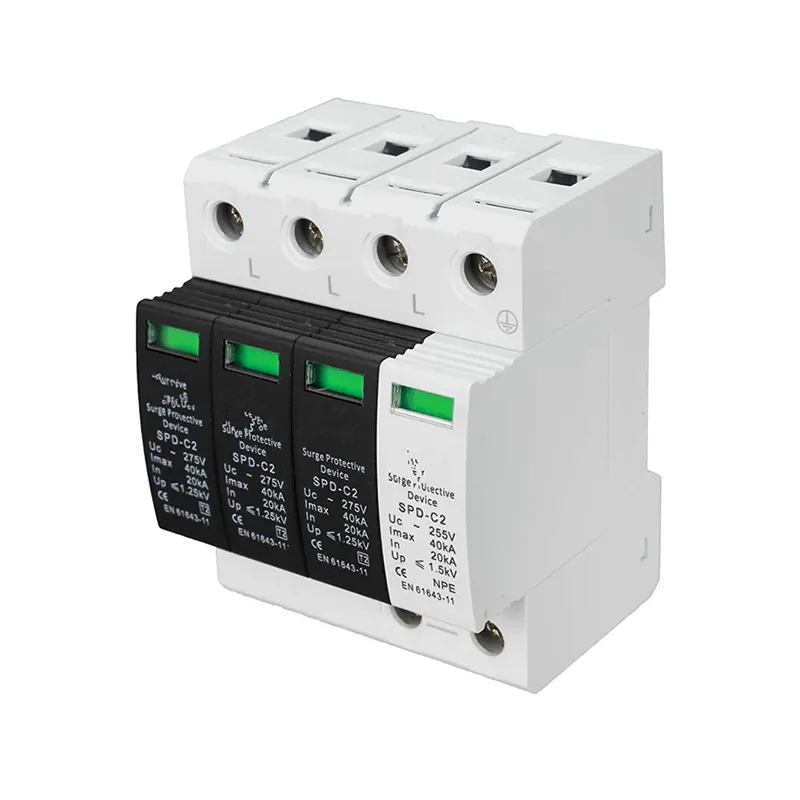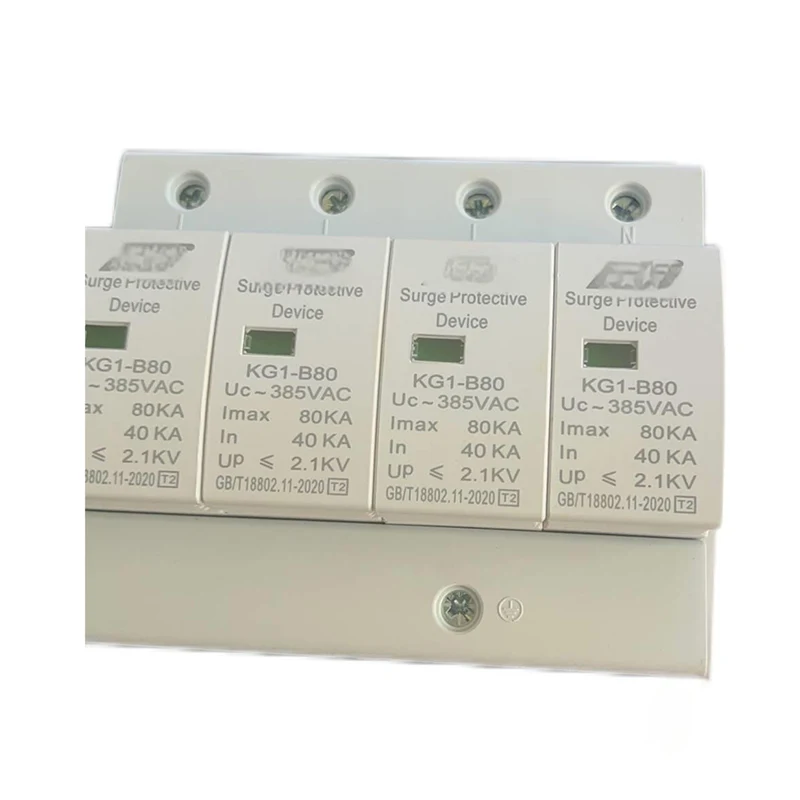SPD Surge protector
Send Inquiry
ZHEJIANG SINGI ELECTRICAL LLC is a professional China SPD Surge protector manufacturer and supplier, known for its quality service. Adhering to the pursuit of perfect quality of products, so that our SPD Surge protector have been satisfied by many customers. In order to ensure the quality and customer needs, we have cooperated with domestic power groups with strong production strength. We will strictly screen each supplier and send videos to customers to watch.
A surge protection device (SPD) or simply a surge protector is a device used to protect electronic devices from power surges or transient voltage. This device is connected in parallel to the power supply circuit of the loads that it has to protect. It can also be used at all levels of the power supply network.
SPD Surge protector Details

A surge protector (or spike suppressor, surge suppressor, surge diverter, surge protection device (SPD) or transient voltage surge suppressor (TVSS) is an appliance or device intended to protect electrical devices from voltage spikes in alternating current (AC) circuits. A voltage spike is a transient event, typically lasting 1 to 30 microseconds, that may reach over 1,000 volts. Lightning that hits a power line can give a spike of over 100,000 volts and can burn through wiring insulation and cause fires, but even modest spikes can destroy a wide variety of electronic devices, computers, battery chargers, modems and TVs etc, that happen to be plugged in at the time. Typically the surge device will trigger at a set voltage, around 3 to 4 times the mains voltage, and divert the current to earth. Some devices may absorb the spike and release it as heat. They are generally rated according to the amount of energy in joules they can absorb.
What are transient overvoltages?
Transient overvoltages are defined as short duration surges of electricity which occur due to the sudden release of energy previously-stored or induced by other means. Transient overvoltages can be either naturally occurring or man-made.
How do transient overvoltages occur?
Man-made transients appear due to switching of motors and transformers, along with some types of lighting. Historically this has not been an issue within domestic installations but more recently, installations are changing with the advent of new technologies such as electric vehicle charging, air/ground source heat pumps and speed-controlled washing machines have made transients much more likely to occur within domestic installations.
Natural transient overvoltages occur due to indirect lightning strikes most likely to happen due to a direct lightning strike on an adjacent overhead power or telephone line causing the transient overvoltage to travel along the lines, which can cause significant damage to the electrical installation and associated equipment.
Do I have to have SPDs installed?
The current edition of the IET Wiring Regulations, BS 7671:2018, states that unless a risk assessment is carried out, protection against transient overvoltage shall be provided where the consequence caused by overvoltage could:
· Result in serious injury to, or loss of, human life; or
· Result in interruption of public services and/or damage to cultural heritage; or
· Result in interruption of commercial or industrial activity; or
· Affect a large number of co-located individuals.
This regulation applies to all types of premises which include domestic, commercial and industrial.
In the previous edition of the IET Wiring Regulations, BS 7671:2008+A3:2015, there was an exception for some domestic dwellings to be excluded from surge protection requirements, for example, if supplied with an underground cable, but this has now been removed and it is now a requirement for all types of premises including single dwelling units. This applies to all new build and properties being rewired.
Whilst the IET Wiring Regulations are not retrospective, where work is being carried out on an existing circuit within an installation which has been designed and installed to a previous edition of the IET Wiring Regulations, it is necessary to ensure the modified circuit complies with the latest edition, this will only be beneficial if SPDs are installed to protect the whole installation.
The decision on whether to purchase SPDs is in the hands of the customer, but they should be provided with enough information to make an informed decision on whether they wish to omit SPDs. A decision should be made based on safety risk factors and following a cost evaluation of SPDs, which may cost as little as a few hundred pounds, against the cost of the electrical installation and equipment connected to it such as computers, TVs and necessary equipment, for example, smoke detection and boiler controls.
Surge protection could be installed in an existing consumer unit if appropriate physical space was available or, if enough space was not available, it could be installed in an external enclosure adjacent to the existing consumer unit.
It is also worth checking with your insurance company as some policies may state that equipment must be covered with an SPD or they will not payout in the event of a claim.










